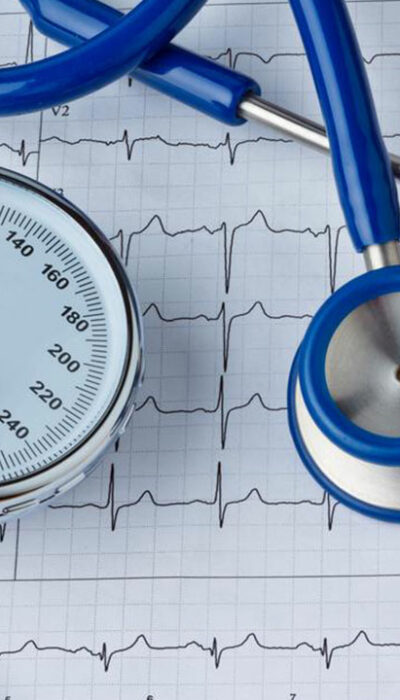
Common Causes of Swollen Feet and Ankles
Swelling can cause pain in any part of the body. Your feet and ankle support your whole body weight as you stand or move around. If your feet and ankles suffer from inflammation and pain, look for possible causes and consult your doctor on how to treat the condition. Causes of swollen feet and ankles There can be many reasons for your feet and ankle to become swollen and painful. A few of them are listed below: Pregnancy Pregnancy puts pressure on the abdominal region and causes various pains and discomfort. One of these can be fluid retention in the legs. It is a normal occurrence. However, if there is excessive inflammation, consult your doctor. It could indicate a condition called Preeclampsia. Preeclampsia could lead to high blood pressure and buildup of protein in the urine. If your ankle swells and you experience headaches and abdominal pain, you need immediate medical attention. Infected wounds If you have injured your feet resulting in open wounds, these could get infected and cause swelling. In addition to this, if you have a chronic condition like diabetes, it can complicate matters further. Diabetes can cause nerve damage which can affect the sensation of pain. So, wounds may go unnoticed, and then the swelling and infection can advance quickly. Therefore, always inspect your feet for injuries. Chronic diseases A heart, kidney or liver condition could also cause swelling in your feet and ankles. Heart diseases can lead to fluid retention in the body, especially in the extremities. Kidney failure is another cause of fluid retention. The kidneys get rid of wastes and toxins in the body through urine. When they fail, a fluid buildup occurs. The liver produces a special protein called albumin. Albumin prevents fluid from leaking out of blood vessels. When the liver does not produce albumin, fluid leaks outside from blood vessels.










